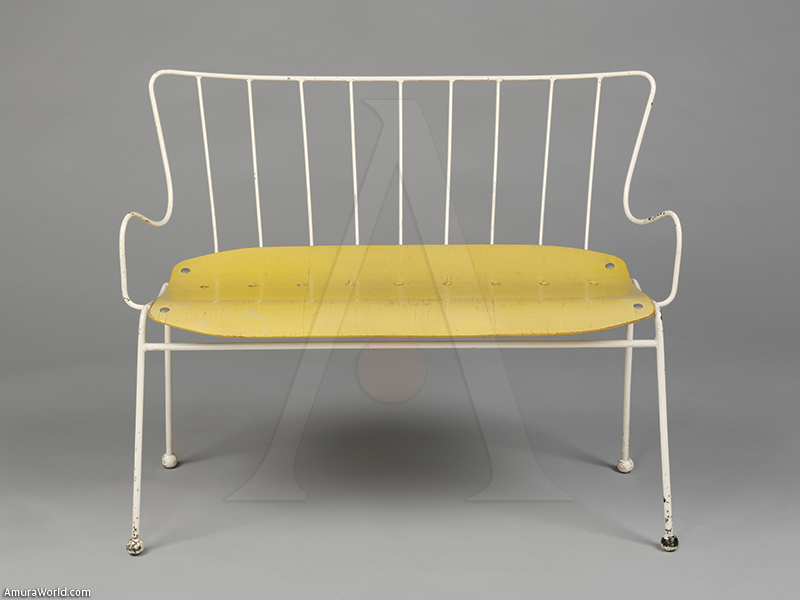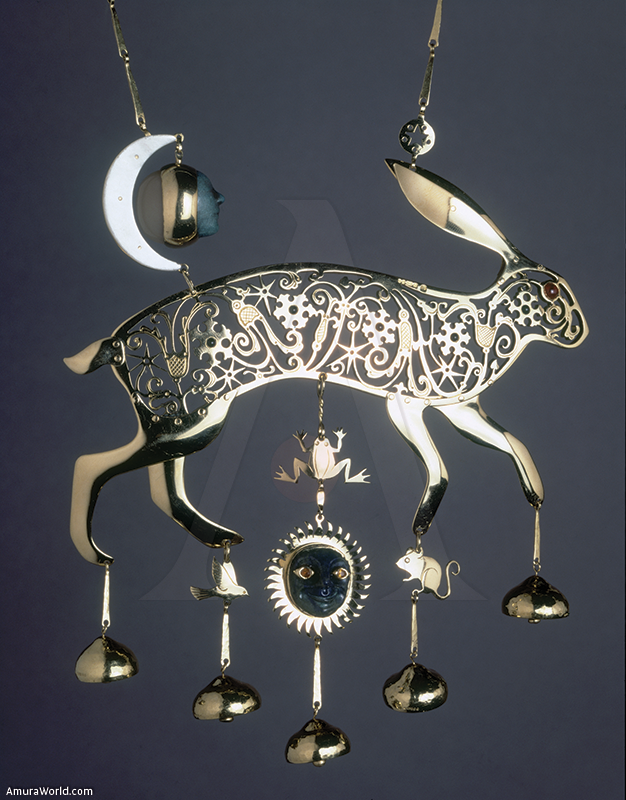The Victoria & Albert Museum major spring exhibition will showcase the best of British design and creative talent from the 1948 ‘Austerity Olympics’ to the summer of 2012. It will be the first comprehensive exhibition to examine the ways in which artists and designers who were born, trained or working in the UK have produced innovative and internationally acclaimed works from post-war to the present day. Ranging from the Morris Mini Minor (1959) to the newly commissioned model of Zaha Hadid’s London Aquatics Centre (2011), the objects on display will aim to reinforce Britain’s status as a global leader in design.
British Design 1948-2012 will tell the story of British fashion, furniture, fine art, graphic design, photography, ceramics, architecture and industrial products over the past 60 years.
Highlighting significant moments in the history of British design, the exhibition will look at how the country continues to nurture artistic talent, as well as investigate the role that Britain’s manufacturing industry has played in the global market. It will also examine the impact that Britain’s ideas-driven, creative economy has had on goods and design industries world-wide.
Drawing on the V&A’s unrivalled collections and complemented by works drawn from across Britain, the exhibition will bring together more than 300 objects. It will chart the development of British design in all its forms featuring much-loved designs such as a 1961 E-type Jaguar car, a Brownie Vecta camera by Kenneth Grange (1964), an Alexander McQueen evening gown from the Horn of Plenty collection (2009), a six metre model of Concorde, fine art by Richard Hamilton and David Hockney, textiles by Lucienne Day (1951) and Laura Ashley (1983) and a Moulton bicycle (1964). Alongside these well-known pieces will be works on museum display for the first time including Kit Williams’ golden hare jewel from Masquerade (1979) and Brian Duffy’s original photograph for the cover of David Bowie’s Aladdin Sane album (1973), as well as recent discoveries such as a Brian Long Torsion chair (1971) and furniture by Max Clendinning (1960s). Professor Martin Roth, Director of the V&A, said: “As people around the world will be focussing on the UK in the summer of 2012 this is an ideal moment to showcase British innovation, taste and creativity. We are also delighted to be hosting a series of British themed displays across all the collections in the Museum to accompany the major spring exhibition.”
The exhibition will be structured around three themes; Tradition and Modernity, Subversion, and Innovation and Creativity and will broadly follow a chronological framework.
The first gallery will focus on the tensions between tradition and modernity in the years following World War II. The opening section will investigate how key events such as the the Festival of Britain (1951) and the Queen’s Coronation (1953) played an important role in promoting modernisation and preserving British traditions and heritage. The work of designers such as John Fowler, John Makepeace and Michael Casson will demonstrate the revival of traditional craft techniques and show a renewed fascination in the British landscape as a source of inspiration. Along with this preoccupation with the past, however, came a drive to modernise British life. Urban regeneration projects such as The New Towns Act (1946) served to promote Britain as a progressive nation.
On show will be models and architectural drawings created for New Towns such as Harlow and Milton Keynes. The economic recovery of the late 1950s and 1960s also generated new kinds of consumer demand. Designers including David Hicks, Max Clendinning and David Mellor and high- street stores such as Terence Conran’s Habitat were embraced by a growing, affluent middle class who developed a taste for modern, European-inspired design for their homes.
The second section of the exhibition will be dedicated to the subversive nature of British design from the 1960s to the 1990s. The British Art School system has long acted as an engine for cultivating radical artistic talent. Richard Slee, Zandra Rhodes and Damien Hirst are just some of the internationally recognised artists to have graduated from British art schools and examples of their work will be featured in the exhibition. The central gallery will be divided into studios structured around a central ‘street’ space that will explore the counter-cultural movements from 1960s ‘Swinging London’, through to the 1970s punk scene and the emergence of ‘Cool Britannia’ in the 1990s. British street culture has long fuelled the country’s creative spirit, with the work of fashion designers such as Vivienne Westwood and Malcolm McLaren, photographers David Bailey and Terry O’Neill, performers David Bowie and Brian Eno, graphic designers Peter Saville and Barney Bubbles, and furniture designers Tom Dixon and Mark Brazier Jones, all illustrating the impulsive radicalism of British art and design.
The final section of the exhibition will explore British creativity in relation to manufacturing industries, new technologies and architecture. During the post-war years, Britain was internationally renowned for its inventive product design and globally recognised for its feats of engineering from the Mini to Concorde. Since the oil crisis of the early 1970s traditional British manufacturing was in decline, while the nation’s service industries started to expand. The strength of Britain’s advances in new technologies will be illustrated by objects such as the Sinclair ZX80 home computer (1980) and Jonathan Ive’s iMac for Apple (1998). There will also be an immersive computer-gaming installation at the centre of the final gallery, featuring specially designed projections of five video games developed in Britain. The last section will also examine Britain’s expertise in architecture and structural engineering and will display architectural renderings and models of the Falkirk Wheel created by RMJM (2002), Foster & Partner’s 30 St Mary Axe building (2004) and a newly commissioned model of Zaha Hadid’s London Aquatics Centre (2011), opening in the summer of 2012.
Tickets will be available for the general public for £12 (concessions available), while V&A Members will enjoy a free entrance.
The Victoria & Albert Museum website is will be available or advance bookings (www.vam.ac.uk).
Text: Victoria & Albert Museum ± Photo: Victoria & Albert Museum









